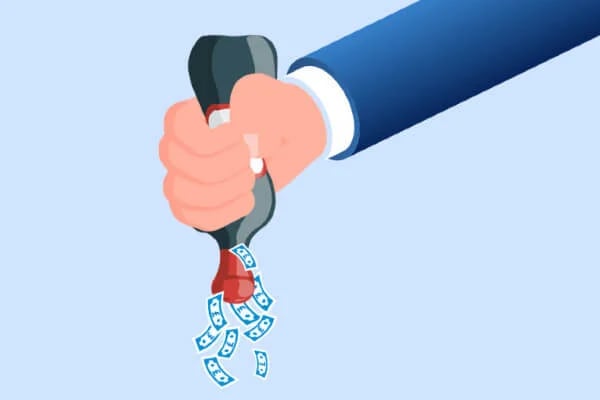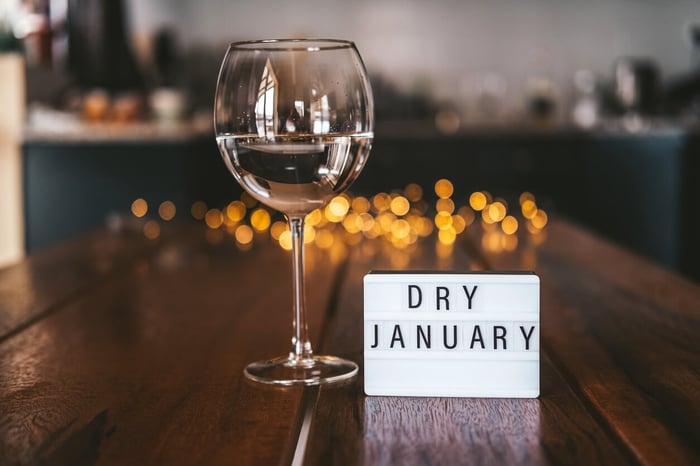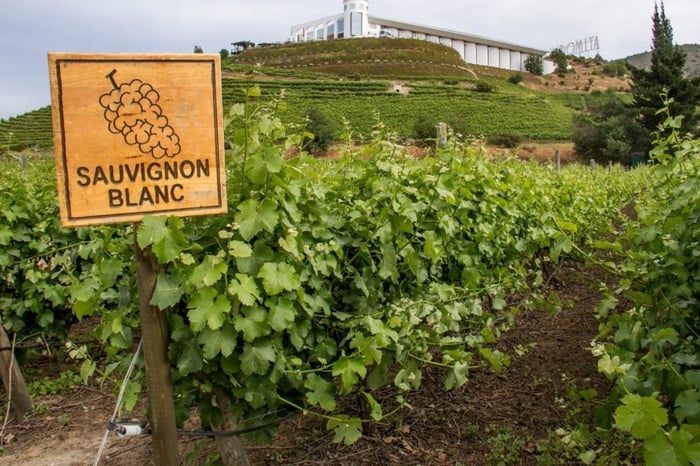
Why is the price of wine changing?
Thanks to the Chancellor, the price of wine is increasing. The duty on a bottle of wine is changing from 1st February 2025. There are also new requirements being introduced for safety and security declarations on imports, and a new packaging tax - the EPR.
Further to the additional taxes collected by the government these changes will also increase the administration for winemakers, importers, and distributors, which will result in the price of wine increasing. As much as possible we're trying to keep increases to the price of wine to a minimum.
What's the duty on a bottle of wine?
Duty has been levied on alcohol since it was introduced by the Puritans in the 17th Century. In the 2024 Autumn Budget the Chancellor announced changes to how wine duty is calculated. In the past duty on a bottle of wine was levied at a flat rate. Whether a wine was 8% or 15% the duty was the same, until August 2023 this was £2.23 (the third highest duty rate in Europe. In France duty is a mere €0.03).
From 1st February duty will be calculated on the Alcohol by Volume (ABV) of a bottle of wine. This means that each 0.5% change in the duty will be subject to a new duty band.
It is claimed that the reform is designed to simplify the duty system (as it brings duty on wine in line with duty on spirits). However, it fails to understand how wine is made - which is that the ABV can vary significantly from one year to the next based on the sugar in the grapes, which is determined by the weather. Spirits are distilled to a standardised ABV.
Duty Rates on Wines from 1st February 2025
| ABV (%) | Old Rate | New Rate | Change |
| 8.5 | £1.82 | £1.90 | +8p |
| 9 | £1.92 | £2.00 | +8p |
| 9.5 | £2.03 | £2.11 | +8p |
| 10 | £2.14 | £2.22 | +8p |
| 10.5 | £2.24 | £2.33 | +9p |
| 11 | £2.35 | £2.44 | +9p |
| 11.5 | £2.67 | £2.55 | -12p |
| 12 | £2.67 | £2.66 | -1p |
| 12.5 | £2.67 | £2.77 | +10p |
| 13 | £2.67 | £2.88 | +21p |
| 13.5 | £2.67 | £2.99 | +32p |
| 14 | £2.67 | £3.10 | +43p |
| 14.5 | £2.67 | £3.21 | +54p |
| 15 | £3.21 | £3.32 | +11p |
| 15.5 | £3.31 | £3.54 | +12p |
| 16 | £3.42 | £3.54 | +12p |
| 16.5 | £3.53 | £3.66 | +13p |
| 17 | £3.63 | £3.77 | +14p |
| 17.5 | £3.74 | £3.88 | +14p |
So, how does that translate to the price of wine?
Firstly, it doesn't matter where you're buying your wine from. All bottles, whether from a discount supermarket, online wine club, or high-end wine merchant, are subject to duty at the same rates. Secondly, all wine is subject to 20% VAT.
If you're paying £8 for a red from somewhere warm, say an Australian Shiraz or a Primitivo from southern Italy, 60% of the purchase price goes straight to the exchequer.
How much should I spend on a bottle of wine?
It’s a question I get asked all the time and one that does not have a simple answer.
It depends on multiple factors, how much value do you place on sustainability, convenience, shopping locally or supporting independent retailers.
What is true though is that the more the price of wine, the more money goes into the wine in the bottle.
In my personal experience, the best value and the most noticeable improvement in quality comes when you spend between £10 and £20 on a bottle of wine.
With the new duty regime, this is more true than ever.
Full details of the changes can be found on the HMRC website.




